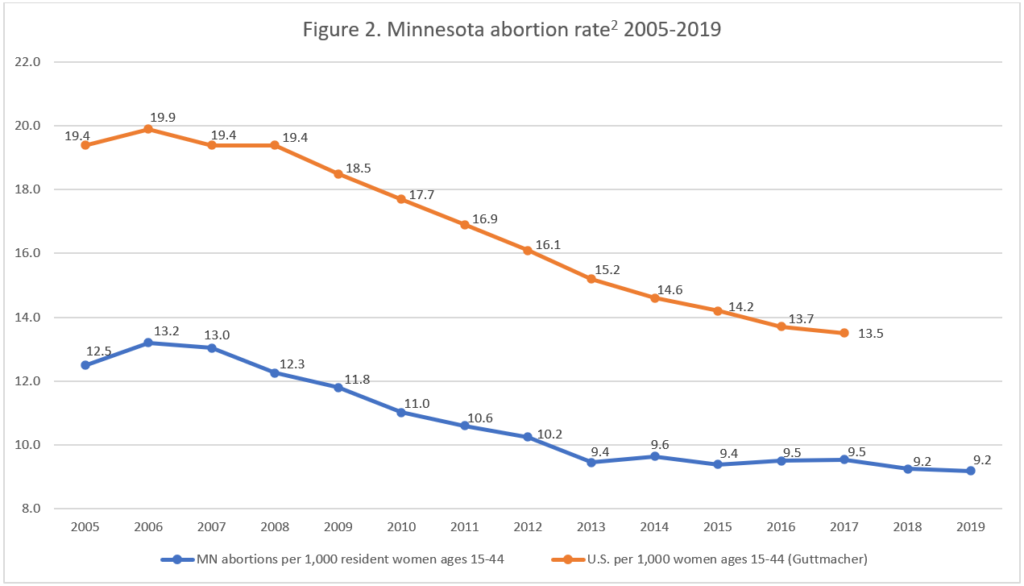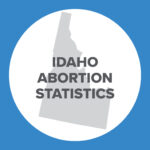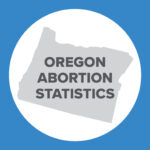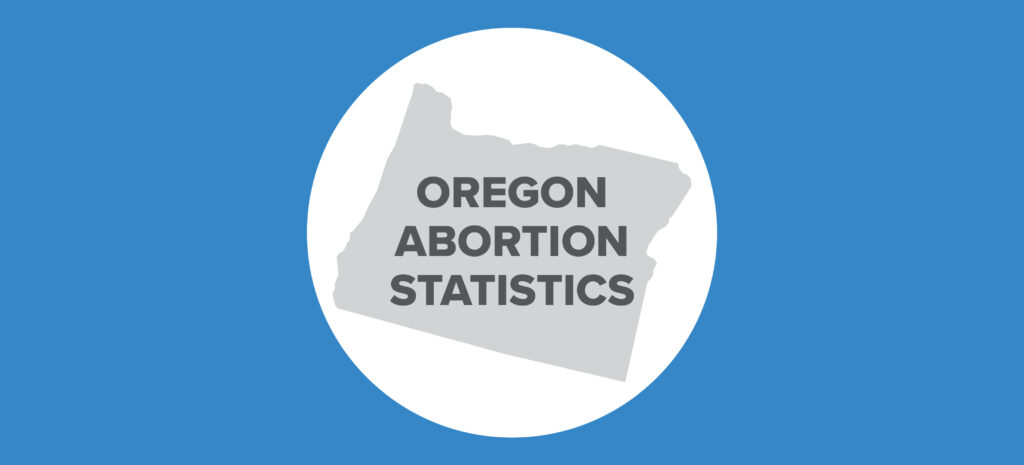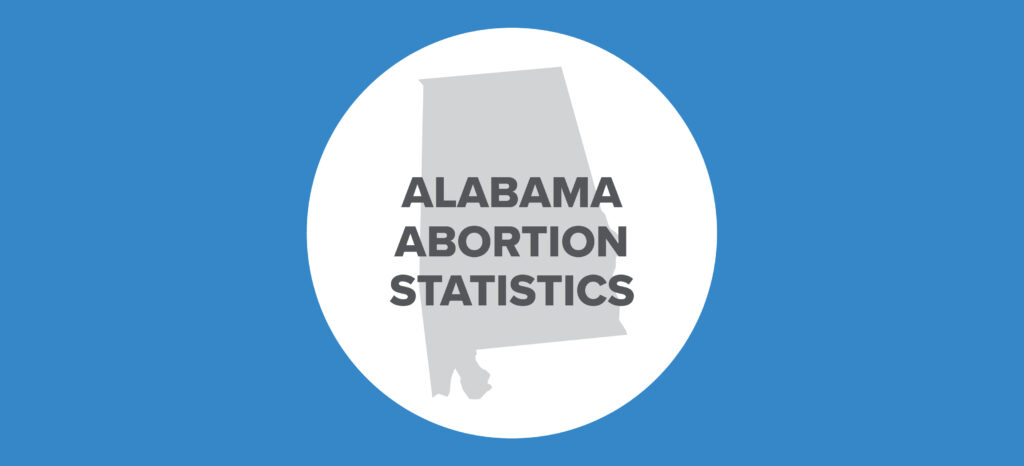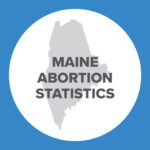Abortion Reporting: Minnesota (2019)
Minnesota’s annual abortion report for 2019 was published online by the Minnesota Department of Health in July 2020. The report shows that Minnesota’s abortion total changed very little from the year before.
Statistics and Changes in Minnesota Abortions, 2018-2019

Abortion Totals and Trends
In 2019, there were 9,922 abortions reported in Minnesota, very close to the 9,911 reported the previous year (Fig. 1). Chemical abortions made up 37 percent of the total, increasing by one percent from 3,675 in 2018 to 3,711 in 2019. The Charlotte Lozier Institute (CLI) estimates that Minnesota’s abortion rate decreased by less than one percent from the prior year (Fig. 2). The 2019 report also included minor corrections to the 2018 data as a result of additional reporting forms that were received by the Minnesota Department of Health after the 2018 report was published.
State Report Summary
Of the 9,922 abortions reported in Minnesota in 2019, 91 percent were performed on Minnesota residents. Nine percent of the abortions were on nonresident women, the majority of whom traveled from Wisconsin (six percent of the total). Girls under the age of 20 accounted for nine percent of the abortions reported in 2019. More than half the abortions were on women in their twenties, including 27 percent on women in their early twenties and 29 percent on women in their late twenties. Nearly a third of the abortions were performed on women in their thirties, and three percent were on women age 40 or older.
Just under half the abortions reported in Minnesota (49 percent) were on white women. Twenty-eight percent were on black women, seven percent were on Asian women, and three percent were on Native American women. Ten percent of the abortions were performed on women of other races, and three percent were on women whose race was not reported. CLI estimates that the black abortion rate was 27.5 abortions per 1,000 women of childbearing age, five times the white rate of 5.5. In 2019, 84 percent of Minnesota abortions were on non-Hispanic women, nine percent were on Hispanic women, and seven percent were on women of unreported ethnicity.
Sixteen percent of Minnesota abortions were performed on women who had not finished high school. Nineteen percent were on women who had completed high school and almost a third on women who had attended college. Twenty-two percent of the abortions were performed on women who had college degrees. However, education was not reported for 11 percent of the women undergoing abortions in Minnesota.
Eighty percent of the abortions occurring in Minnesota were on unmarried women. Fifteen percent were on married women, and four percent were on women of unreported marital status. Forty percent of the abortions were on women with no previous live births, compared to 23 percent on women with one prior live birth and 37 percent on women with more than one. Sixty-one percent of the abortions reported in 2019 were on women with no prior abortions, while 22 percent were on women with one previous abortion and 16 percent were on women with two or more prior abortions. Twenty-one percent of the abortions were performed on women who had one or more prior miscarriages.
In 2019, close to two-thirds of all abortions reported in Minnesota occurred earlier than nine weeks of gestation. Fourteen percent were performed between nine and 10 weeks, and seven percent occurred from 11 to 12 weeks. Six percent of Minnesota abortions were performed between 13 and 15 weeks and four percent between 16 and 20 weeks of gestation. There were 179 abortions, 1.8 percent of the total, reported at 21 weeks of gestation or later. Of these, 177 were performed between 21 and 24 weeks, one was performed at 25 weeks, and one was performed at 30 weeks of gestation.
Over half the abortions reported in 2019 (56 percent) were performed using dilation and curettage. Seven percent of the abortions were performed via dilation and evacuation, and 37 percent were chemical abortions. Most of the chemical abortions, 36 percent of the total, were performed with mifepristone, while misoprostol was the primary medication for one percent of the abortions reported in Minnesota. There were three intrauterine instillation abortions, one hysterectomy or hysterotomy abortion, and two abortions performed using other procedures.
Women who obtain abortions in Minnesota are asked to share their reasons for choosing abortion; women may report as many reasons as are applicable, so the reported reasons sum to more than the total number of abortions. In 2019, the majority of Minnesota abortions, 68 percent, were performed because the mother did not want a child at that time. Twenty-one percent were performed for economic reasons and 11 percent because of the mother’s emotional health. Seven percent were performed for the mother’s physical health, but just 0.3 percent because a major bodily function was at risk. Two percent of the abortions were performed because the unborn babies had anomalies. There were 84 abortions (0.8 percent) due to rape and 12 (0.1 percent) due to incest. Twenty percent of the abortions were performed for other reasons. Two percent of the women undergoing abortions did not report their reasons for choosing abortion.
A plurality of the abortions reported in Minnesota (44 percent) were covered by state tax dollars. Twenty-five percent were funded by private coverage, and 32 percent were self-funded. The bodies of 29 percent of the unborn babies killed by abortion were cremated, while 26 babies (0.3 percent) were buried. The majority of the unborn babies’ bodies, 71 percent, had not yet reached the developmental stage to be legally considered reportable fetal remains.
In 2019, there were 114 intraoperative complications reported, or abortion complications identified at the abortion facility and reported using the abortion reporting form.1 Multiple complications could be reported for each abortion. There were eight instances of cervical laceration, 11 cases of heavy bleeding or hemorrhage, six uterine perforations, and 89 other complications. There were 9,813 abortions that were reported not to cause any complications.
Additionally, there were 31 reports of postoperative complications submitted, reporting 38 different complications.1 These were complications identified after the abortion procedure and reported using the complication reporting form. In Minnesota, physicians who encounter complications from abortion are required to report them to the Department of Health. There were 25 cases of incomplete abortion or retained products of conception, three instances of heavy bleeding or hemorrhage, and two infections requiring inpatient treatment. There was one cervical laceration, one uterine perforation, one case of heavy bleeding requiring transfusion, and one failed abortion in which the pregnancy was ongoing. Besides these, there were four other, unspecified complications.
In 2019, as in previous years, Minnesota abortions were concentrated among a few providers. Minnesota’s five abortion centers performed over 99 percent of the abortions reported in the state, while six other facilities such as doctor’s offices or hospitals together reported just 84 abortions, less than one percent of the total. Planned Parenthood was the leading abortion provider in 2019, with Planned Parenthood’s two abortion centers together accounting for 65 percent of the abortions occurring in the state. Whole Woman’s Health performed 21 percent, Robbinsdale Clinic performed eight percent, and Women’s Health Center performed four percent. Overall, almost all of the abortions reported in Minnesota occurred in abortion facilities that were classified as clinics. Eleven occurred in hospitals on an outpatient basis and 26 on an inpatient basis. Twenty-two were performed by ambulatory surgery centers, and one in a doctor’s office.
Sixty-four doctors performed abortions in Minnesota in 2019, but most doctors performed very few, with 41 of the 64 doctors performing under 100 abortions, including 16 doctors who reported just one abortion each. Twenty-three doctors performed over 100 abortions, of whom five performed 500 to 999 abortions and one performed more than a thousand. More than two thirds of the abortions were performed by doctors who specialized in obstetrics and gynecology, and not quite one third were performed by general or family practitioners. One abortion was performed by a doctor who specialized in emergency medicine, and another abortion was performed by a doctor with another or unspecified specialty.
The Minnesota Department of Health received 12,926 abortion informed consent forms in 2019. Of these, 12,925 showed that the women had received the required information on medical procedures and risks, while one woman whose baby had an anomaly chose perinatal hospice instead. There were 12,909 women who were given information on available resources. Seventeen women were not required to be provided with the information since they were seeking abortions because their babies had anomalies.
Born-Alive Infants Protection Act
Since Minnesota’s born-alive law went into effect in July 2015, 19 babies have been reported to have been born alive during abortions. Five babies were born alive during the second half of 2015, five in 2016, three in 2017, and three in 2018.
In 2019, three babies were born alive during abortions, but none of the babies survived long after birth. For one baby, “comfort care measures were provided as planned.” In another case, the baby was “previable” and “no measures taken to preserve life were reported.” The report does not indicate the basis for the determination that the baby was previable. The third baby was reported to be diagnosed with anomalies. The baby had a transient heartbeat and was moved to the care of a second physician, but again, no measures taken to preserve life were reported.
State Ranking
In CLI’s 2016 analysis of abortion reporting across the nation, Minnesota’s reporting was ranked at 2nd best, just behind Oklahoma. As in previous years, Minnesota’s annual abortion report offers a wealth of data at minimal expense to taxpayers: the 2019 report cost just $4,000 to prepare, including staff and mailing costs. To further improve its reporting, the North Star State could report the number of complications caused by each type of abortion procedure, particularly chemical abortions, which have a higher complication rate than surgical abortions.
- Statistics on abortion complications reported here represent a minimal number of deaths and complications, as this data is collected in a non-systematic and non-verifiable way. As such, this data cannot be used to calculate either an accurate abortion mortality rate or an accurate abortion complication rate for the state.
- Rates were calculated by CLI using population estimates from the United States Census Bureau. The rates were calculated using the following formula: (total number of abortions performed in Minnesota ÷ number of resident women ages 15-44) x 1,000. Abortion rates and totals differ slightly from previous CLI articles due to revised population estimates and abortion data.
- Minnesota updated its abortion procedure categories in 2017. To allow for comparison with earlier reports, “other” chemical abortions, which include labor induction abortions, are excluded from the chemical abortion total. There were 26 “other” chemical abortions in 2019.











